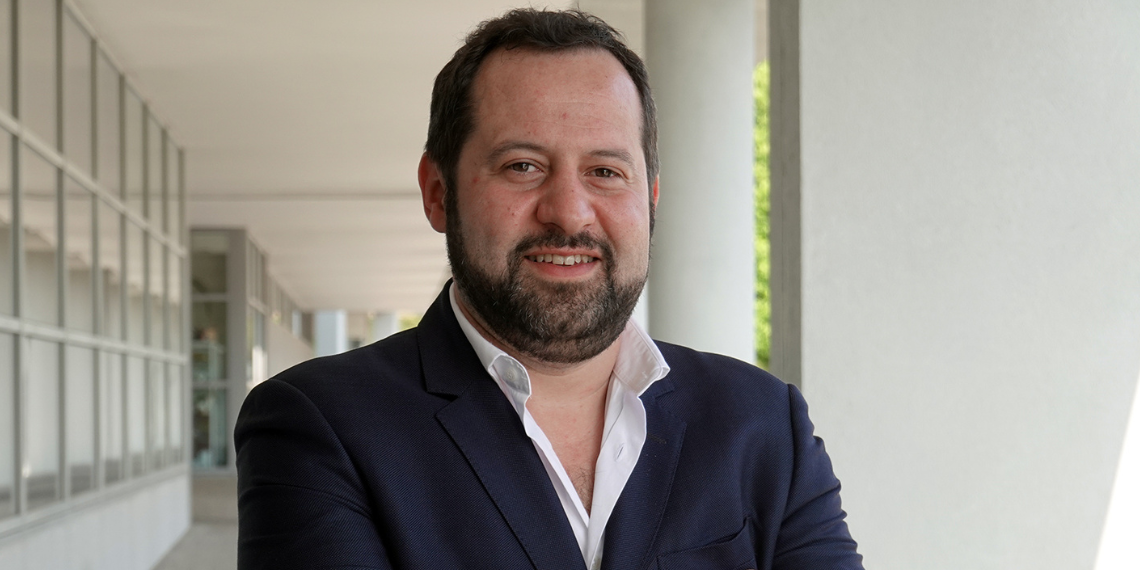June 8 and 15 marked the World Oceans Day and the Global Wind Day, respectively. Two dates related to marine wind energy, commonly known as “offshore wind power”. The concept, although not new, still shows an innovative character, consisting of harnessing wind energy and converting it into electrical energy through wind turbines installed at sea. And why should we deploy wind turbines at sea? Because the best locations on land are already occupied with the wind farms that have been installed over the past two decades. At the same time, there is a need for a significant increase in renewable energy sources due to the electrification of the economy.
But wasn’t electricity consumption supposed to decrease?
Many argued that said consumption would decrease by improving the efficiency of lighting – with the introduction of LED (Light-emitting Diode) technology -, and of various household appliances. They were partially mistaken. We do make a more efficient use of electricity nowadays. However, we must not overlook the increase in consumption associated with the rise of electric mobility, the adoption of heat pumps for cooling and heating (replacing other technologies, e.g., gas and diesel), and the decarbonisation of industry – introducing electricity as an energy vector for various purposes.
But will everything be electric?
Regarding the decarbonisation of the industry, it is also necessary to exchange non-renewable fuels (like gas and fuel) for high-calorific renewable gases. In this sense, hydrogen may play a crucial role – with great impact on industrial processes that require high temperatures. However, and for adequate decarbonisation processes, one must obtain hydrogen through processes that use energy – electrical and from renewable energy sources.
How to ensure renewable energy for decarbonisation?
Ensuring renewable energy for the decarbonisation of the economy is an extremely complex process that requires investments in renewable energy farms, transmission and distribution network assets, new paradigms for the operation of power systems, energy storage and, finally, changing consumption to use electricity in the different processes. Portugal and Europe have been investing in said domains for at least two decades, with very positive results regarding the integration of renewable energy sources. However, to meet the new challenges, there is a need for more networks, more energy storage solutions and more renewable energy sources.
Offshore wind power – a sea of opportunities
Offshore wind power has proven to be quite consistent in terms of stable electricity production. The closest use cases with good results are found on the coasts of England, Scotland, Germany and the Netherlands. New challenges arise with the use of offshore power. First, the fixation of the structures: at the previously mentioned locations, the water depth is relatively shallow, allowing for the installation of wind turbines on pillars. In the Portuguese case, the coast is quite steep, with significant depth close to the shore. The technical solution for the installation of wind turbines is known as floating wind power, where there is a floater made of steel or concrete that supports the wind turbine and is anchored to the ocean floor. In Portugal, the adoption of this technology was successfully demonstrated in the WindFloat project, where a wind turbine was installed and interconnected to the substation of the Companhia das Energias Oceânicas, at Aguçadoura. More recently, we have the example of the wind farm – WindFloat Atlântico, currently in commercial operation with three wind turbines on the coast of Viana do Castelo.
A second challenge is the electrical interconnection with land networks. To justify these investments, a scale around hundreds to thousands of megawatts (MW) of installed capacity is necessary. How to interconnect these parks with said networks? How many cables do people need? What type of interconnection technology (Alternating Current or Direct Current) should be used? And how many connection points with the onshore grids are required? Several groups – including INESC TEC’s Power and Energy Systems researchers – have been exploring and researching these questions, within the scope of the EU-SCORES project.
A third challenge is the ability of the onshore grids to accommodate the expected power levels. In this sense, it is also necessary to study potential network reinforcements or even explore concepts of maritime meshed networks to ensure flexibility in power delivery across different geographical areas.
It is also important to make efficient use of the sea resources, exploring the electrical infrastructures and the maritime deployment area to interconnect other production technologies, like wave power or floating PV power, obtained from the hybridisation of offshore wind farms, thus increasing renewable energy and reducing variability.
No less important, there is also the challenge of environmental and asset monitoring, to verify the impact of farms and assess maintenance needs. In this domain, INESC TEC has also made important contributions by combining asset modelling (carried out by Industrial Engineering and Management researchers) with robotic and autonomous monitoring – developed by researchers in the field of Robotics and Autonomous Systems.
Overall, we’re talking about an important technology for a sustainable future – that, despite being complex, will become a reality and be mass-produced with the support of R&D activities, by fostering the creation of specialised industries for the various components. Portugal may play a leading role with the creation and redirection of specific industry and high added value services, not only for national farms, but as an exporter for future projects in other locations.
By Bernardo Silva, Area Manager



 News, current topics, curiosities and so much more about INESC TEC and its community!
News, current topics, curiosities and so much more about INESC TEC and its community!